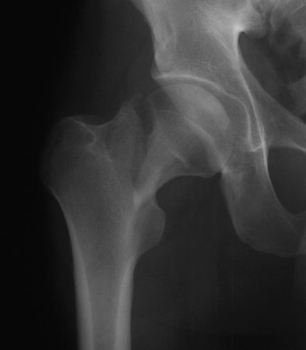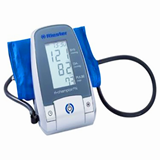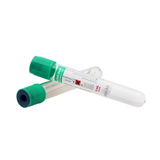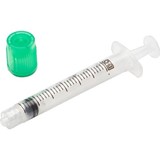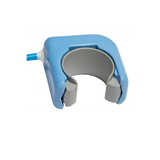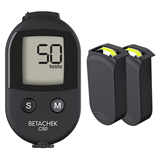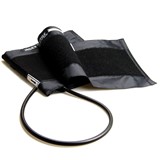This research was supported by the National Institutes of Health. The study compared a liberal and a restrictive transfusion therapy based on patients' hemoglobin levels. It found no significant differences in survival or recovery rates 60 days after surgery. The findings will appear online Dec. 14 in the New England Journal of Medicine.
"Blood transfusions can save lives, but they are not without risks," said Susan B. Shurin, M.D., acting director of the National Heart, Lung, and Blood Institute, the institute within NIH (National Institutes of Health) that supported the research. "Knowing when to perform blood transfusions may help patients avoid unnecessary medical procedures, and their associated risks, and help conserve our limited blood supply."
The study involved 2,016 patients with an average age of 82 who underwent hip fracture surgery. All study participants were at high risk for cardiovascular disease and had hemoglobin levels below 10 grams per deciliter after surgery.
Hemoglobin, an oxygen-transporting protein in the blood, is normally present at a level of about 12 grams per deciliter or higher in healthy older men and women. When the hemoglobin level falls below 8 grams per deciliter, people can experience anemia symptoms and an increased risk of serious cardiovascular events, such as heart failure, and death.
Participants in the liberal therapy group were given transfusions if their hemoglobin levels fell below 10 grams per deciliter. Participants in the restrictive therapy group were given transfusions if their hemoglobin levels fell below 8 grams per deciliter or if they displayed symptoms of anemia and a physician determined transfusions were warranted.
Emergency transfusions were also given to any participant as needed if there was bleeding. About 40 percent of patients in the restrictive therapy group received red blood cell transfusions compared to nearly everyone in the liberal therapy group.
After 60 days of follow-up, mortality rates were not significantly different between the two groups (7.6 percent in the liberal therapy group and 6.6 percent in the restrictive therapy group) and equal numbers of participants in both groups (28 percent) were unable to walk 10 feet without human aid, the measure used to gauge recovery.
Read more about the trial.

